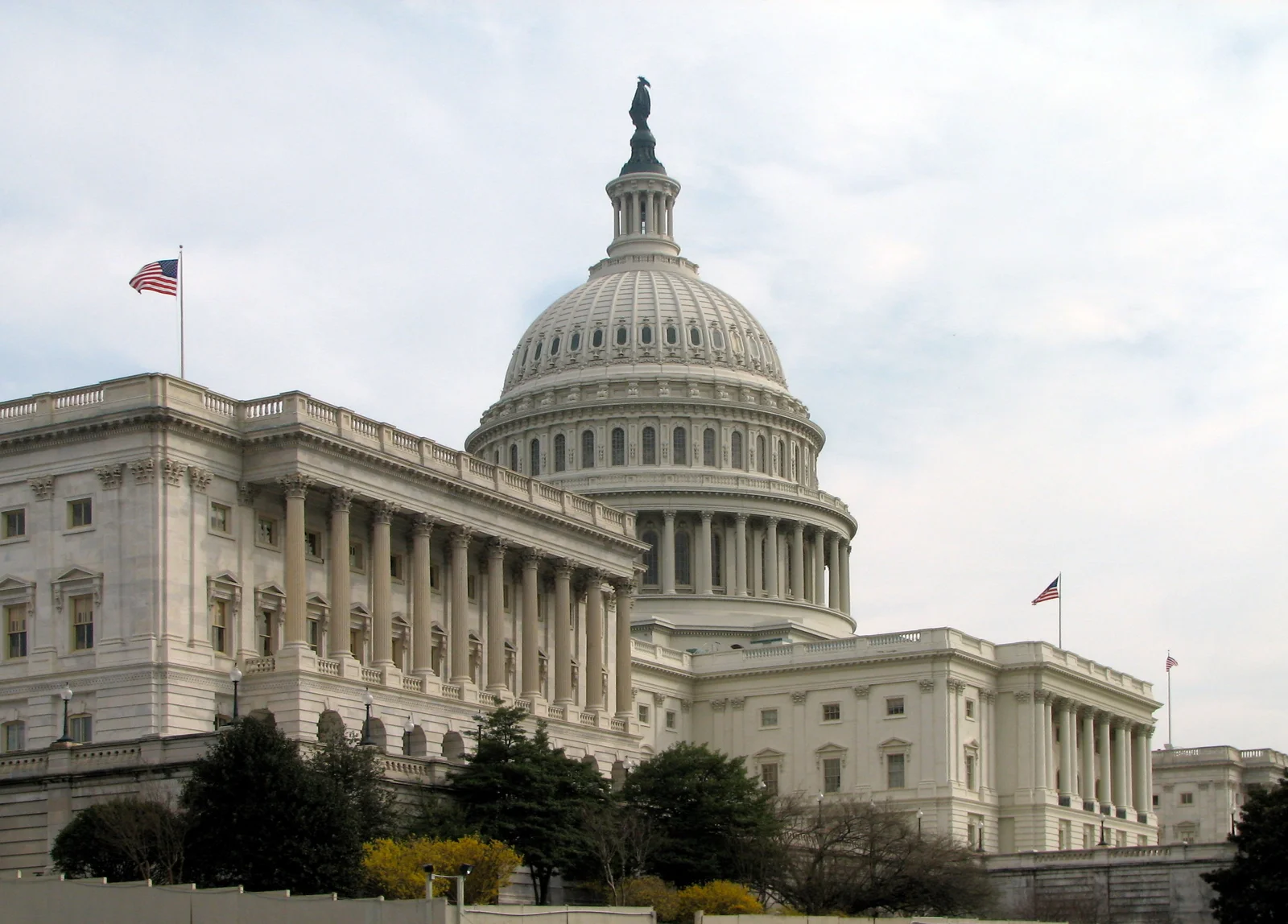Fidelity Investments, one of the world’s largest asset managers with approximately $6 trillion in assets under management, has announced plans to launch a new stablecoin, marking a significant expansion into the crypto space. According to The Financial Times, the stablecoin will be issued through Fidelity Digital Assets, the company’s dedicated digital asset platform.
Fidelity Enters the Stablecoin Market as U.S. Regulation Looms
This development comes as the United States prepares to roll out comprehensive stablecoin regulations. Fidelity’s move positions it to compete directly in a market currently dominated by leaders like Tether (USDT) and Circle (USDC).
In addition to the stablecoin, Fidelity is also introducing a new Ethereum-based share class called "OnChain" for its U.S. dollar money market fund. The company has filed with the U.S. Securities and Exchange Commission (SEC), noting that this product will track transactions of the $80 million Fidelity Treasury Digital Fund (FYHXX). If approved, the offering is expected to launch by May 30.
Fidelity's Stablecoin Initiative: Key Highlights
- The new stablecoin will be launched via Fidelity Digital Assets
- The company is developing an Ethereum-based financial product linked to its money market fund
- The stablecoin aims to compete in a market currently led by USDT and USDC
- The timing aligns with upcoming U.S. stablecoin regulations, making it a strategic move
Stablecoin Industry Heats Up Post-U.S. Election
Fidelity isn’t alone in ramping up efforts in the stablecoin space. Following Donald Trump’s return to the presidential spotlight, U.S. financial firms have accelerated their digital currency initiatives.
One such example is World Liberty Financial (WLFI), a DeFi project backed by Trump allies, which recently announced its own stablecoin: USD1.
Meanwhile, the proposed GENIUS Act is expected to lay the foundation for the U.S. stablecoin regulatory framework, introducing standards for asset backing and strict anti-money laundering (AML) compliance.
Even Federal Reserve Board Member Christopher Waller acknowledged the growing importance of stablecoins in the financial ecosystem, referring to them as "real dollars" in a digital form.
Additionally, firms like Custodia and Vantage Bank are exploring Ethereum-based stablecoin issuance, highlighting a broader industry shift toward tokenized financial products.
Looking Ahead: A More Regulated Stablecoin Era
Fidelity’s entry into the stablecoin market is more than a competitive move—it’s a signal of growing institutional confidence in tokenized finance. With regulatory clarity expected in the next two months, the U.S. stablecoin industry appears poised to enter a more transparent and regulated phase.
As the landscape evolves, Fidelity's reputation and scale could significantly influence the direction of the stablecoin market, potentially setting new standards for security, transparency, and compliance in digital finance.




